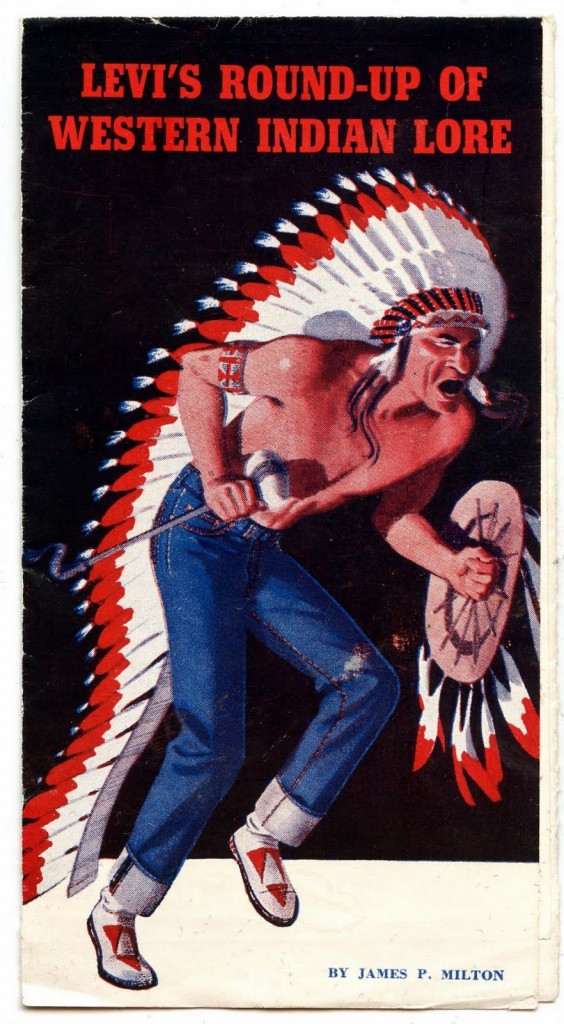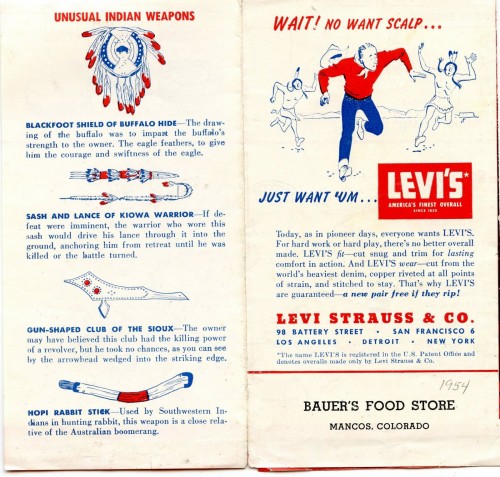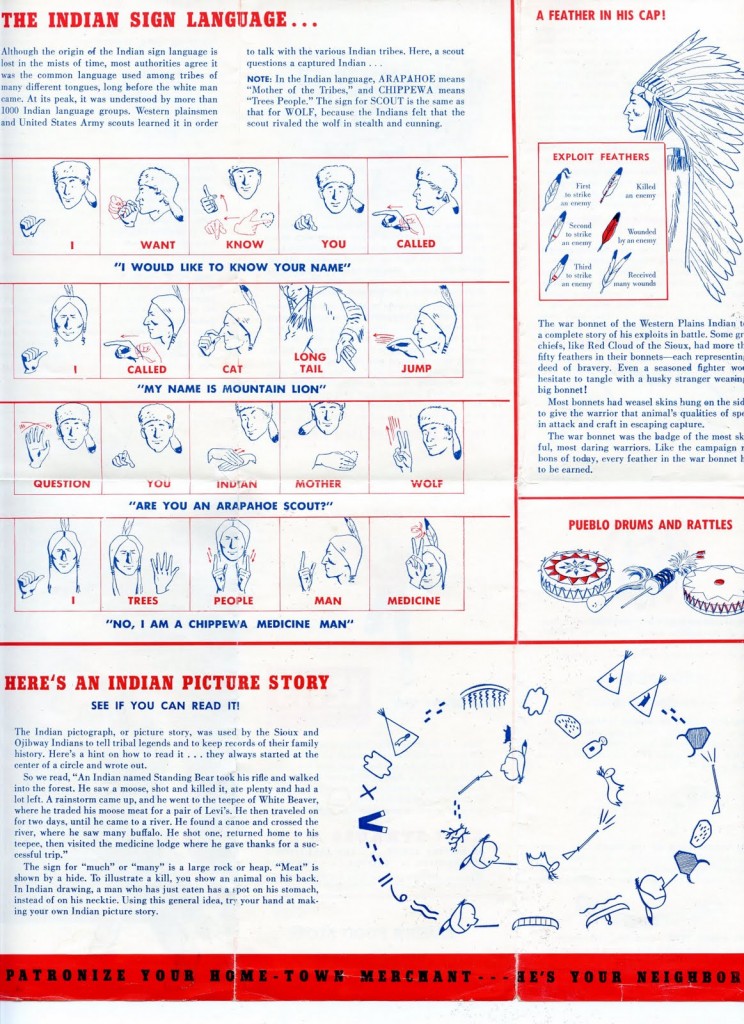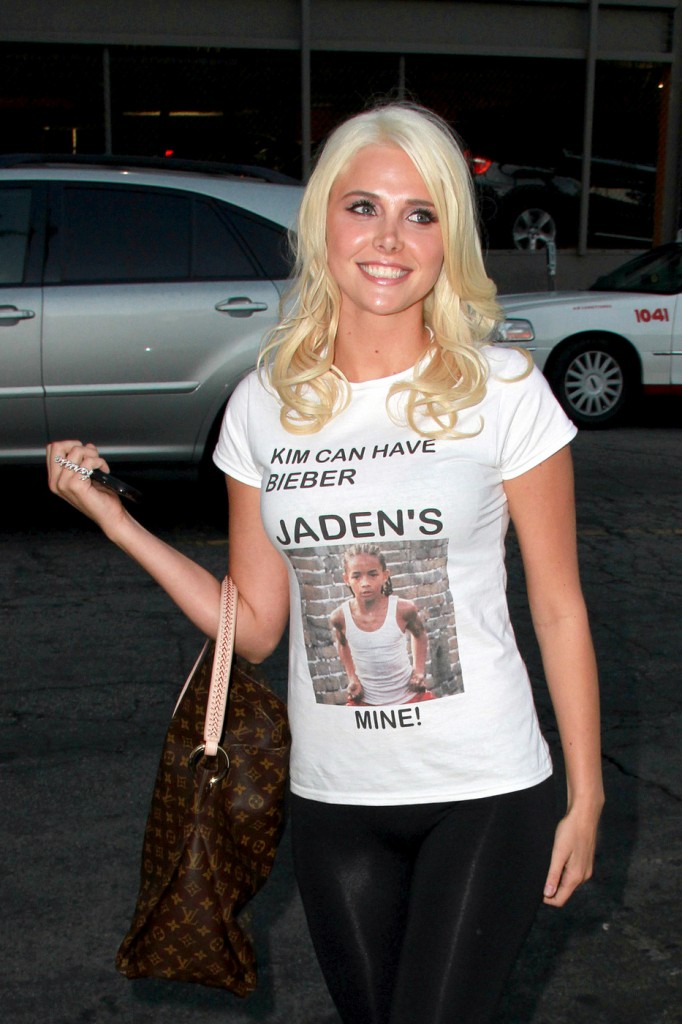Majd A.-S. sent in a link to a review at The Brainy Gamer of the Wii videogame Heavy Fire: Special Operations, which was released last week. Michael Abbott, the reviewer, starts by saying that he doesn’t find First-Person Shooter (FPS) games inherently problematic, but that after playing the game he found this one disturbing. He suggests it should be renamed “Arab Shooting Gallery.” Here’s an extended trailer:
Notice that the game specifically points out that it has a “destructible environment”; not only can you kill enemies, you can make sure you leave the surrounding city as demolished as possible. Woo hoo! Fun!
Abbott mentioned the article “Digital Arabs: Representation in Video Games,” by Vit Sisler, so I checked it out. Sisler conducted a content analysis of 90 European and American video games and 15 Arab-language ones, all set in the Middle East (or fictional settings clearly derived from the Middle East):
The methodology used for content analysis involves playing the whole game while taking notes and screenshots of relevant visual signifiers, recording the narrative and analysing the structure of gameplay… Correspondingly, other paratextual materials related to the game were analysed (booklets, manuals and websites).
There are a number of video games set in the Middle East broadly defined (Sisler lists Delta Force, Prince of Persia, Conflict: Desert Storm, Full Spectrum Warrior, and others). In most, the shooter is a member of the U.S. military or the coalition forces associated with it. Sisler says,
While the US or coalition soldiers usually are humanized and individualized by their nicknames or specific visual characteristics, the enemy is collectivized and linguistically functionalized as ‘various terrorist groups’, ‘militants’ and ‘insurgents’ (Machin and Suleiman, 2006). At the same time, the moral mission, professionalism and courage of the forces controlled by the player are emphasized by the in-game narrative and scripts. However, the enemies are presented in a way that suggests they are not ‘real’ soldiers, thereby removing the legitimacy of their actions (Machin and Suleiman, 2006). This could be manifested even on the level of the artificial intelligence controlling the enemy soldiers via scripts including undisciplined poses, shouting and yelling (Full Spectrum Warrior), or raising weapons above their heads, laughing mockingly after they kill (Delta Force).
Some Arab groups have responded to this by creating video games of their own that present a more sympathetic view of Arabs and/or Muslims. For instance, Hezbollah released a game called Special Force (Al-Quwwat al-Khasa):
The game presents members of Hezbollah as heroes or martyrs while the Israeli Defense Force is the enemy. As Sisler points out, this doesn’t change the basic narrative of the games mentioned above, it just switches the roles of “us” vs. “the enemy.”
On the other hand, the game Under Ash (Tahta al-Ramad), based on the Israeli-Palestinian conflict (from the Palestinians’ point of view), humanized Palestinians by giving them significant backstories that explained how they came to be involved in the Palestinian resistance. It presented Israeli soldiers as the enemy but specifically prohibited players from harming either Palestinian or Israeli civilians (in a sequel to Under Ash, titled Under Siege, Tahta al-Hisar, killing a civilian automatically leads to a “game over” message). It doesn’t allow any type of peaceful interaction with Israelis, but it is one of the few games based on the Middle East that presents cities as full of inhabitants whose lives are valuable, regardless of which side of a conflict they’re on.
Sisler argues that the depictions of players and their enemies have implications beyond all of these video games themselves. Particularly when games are set in locations with current real-world conflicts, the narratives presented in cultural products such as video games help shape understandings of the conflict, including its morality, hero-izing some groups while dehumanizing others, and normalizing particular forms of warfare. In the U.S., these types of images, as well as those included in movies like The Siege and TV shows such as 24, also reinforce the perception of Arabs and Muslims as racialized Others, bloodthirsty terrorists whose acts of aggression are inherently illegitimate, while any by the Coalition forces are, by definition, moral and justifiable in the face of such an enemy.
For other examples of how Arabs and Muslims (the two categories are usually conflated), whether in the Middle East or in the U.S., are culturally depicted as untrustworthy, brutal, and/or backward, see our posts on representations of Arabs in TV and movies, the unseen Middle East, and anti-Arab signs in Pennsylvania,











